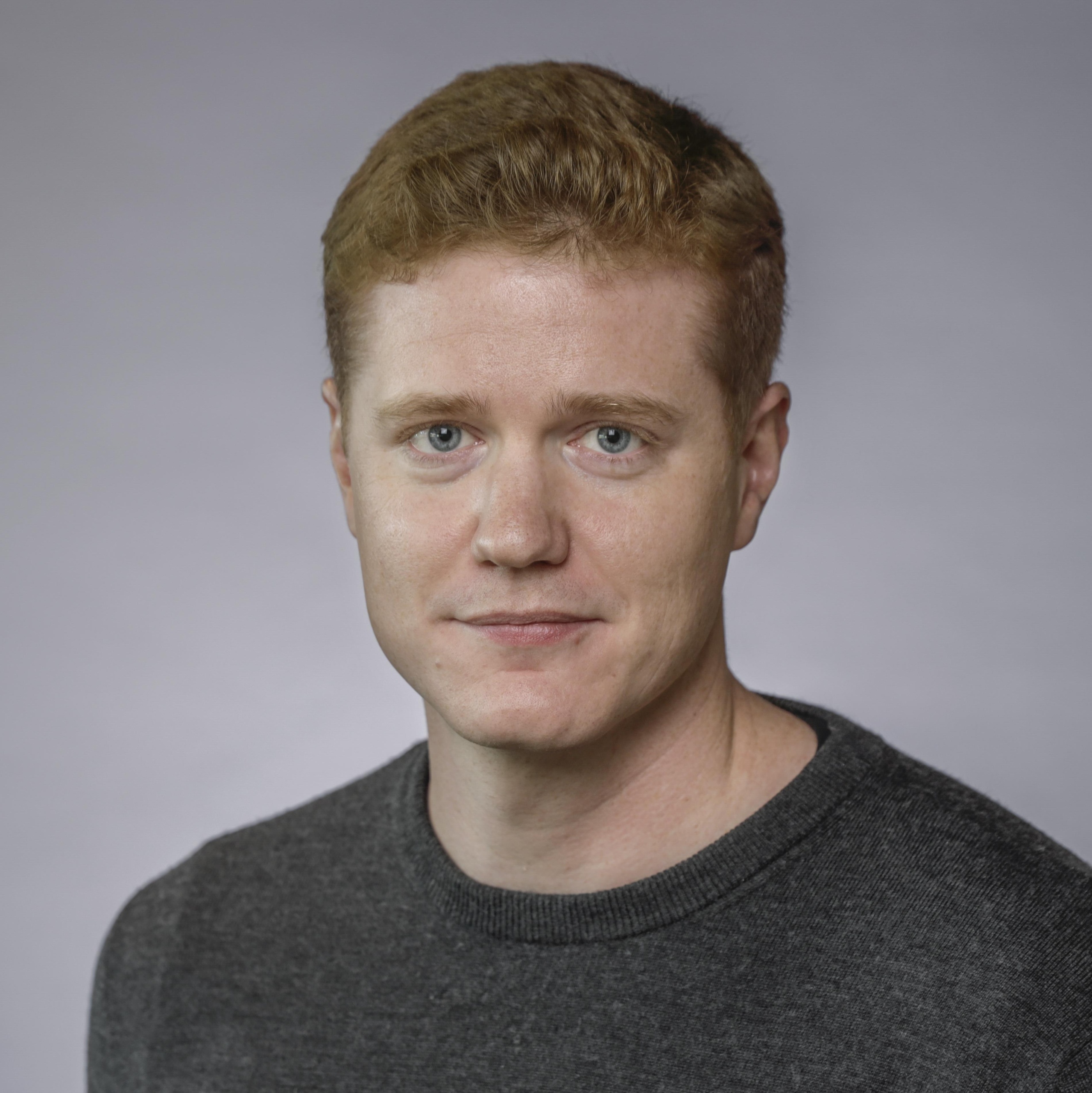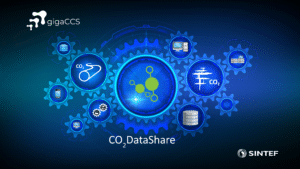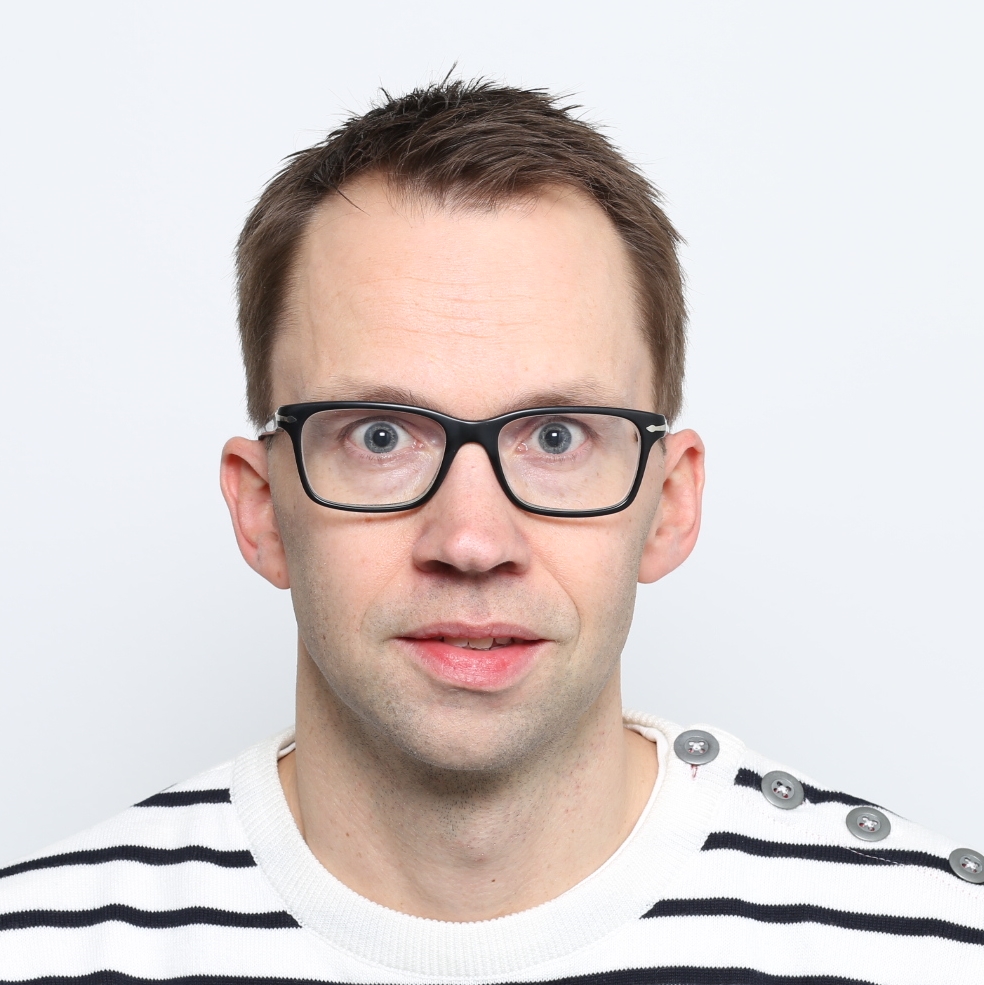
Our society is facing both a severe climate and nature crisis and an aging population. This underscores the urgent need to manage our resources more sustainably and efficiently. It is crucial to reduce the consumptions of highly energy-demanding industries, where even a relatively small reduction can have significant impact.
Artificial intelligence (AI) has made a huge impact in our daily lives and the public discourse in the last few years, along with a promise to help solve our problems. While AI can produce impressive and convincing text, images and videos trained on digital data, it is a lot more challenging to model physical processes.
This May, at the first PhysML workshop, we gathered some of the world’s most prominent researchers and excellent research talents in the field of physics-informed machine learning to discuss this matter and share ideas and recent findings.
The overarching topic of the workshop was how machine learning models can incorporate structures based on underlying physics.
We invited representatives from the Norwegian industry, who presented following problems they aim to tackle with AI:
- Statnett operates the national Norwegian power grid and is a key player in the transition from a centralized to a distributed energy network, both nationally and across Europe. One significant bottleneck in the power grid is the transformers, which convert electricity between different grids. To maximize the utility of transformers without damaging them, detailed modelling is essential. Since transformers are operational for several decades, Statnett manages a large variety of them, necessitating individual models for each type. While the fundamental physics of transformers are well understood, factors such as ageing and heat flow in and around the transformers are less known. This makes it an ideal use case for physics-informed machine learning. Statnett aims to maximize the utilization of their existing transformers and enhance overall grid performance by employing hybrid-AI transformer models. These models will help safely maximize the load on the transformers.
- DNV is an independent foundation focusing on risk management and assurance. New regulations such as the upcoming EU AI Act dictates a risk-based certification scheme for AI-enabled systems. Hence DNV need to understand the limitations and risks related to AI models, and how to mitigate these. The combination of machine learning and domain knowledge is considered as an approach to mitigate modelling risk. DNV presented concrete examples of how PhysML might be used to improve simulations of fires and explosions, to predict mortality of farmed salmon, or to predict the integrity and failure of mechanical structures such as ship hulls or gas pipelines (an analogy between fracturing of gas pipelines and spaghetti was presented). These examples show how PhysML could enable smarter and more risk-based operation and inspection of assets to improve safety and sustainability.
- Veas is the largest wastewater treatment plant in Norway, covering an area with a population of 800,000. An important part of the treatment process is the removal of nitrogen, before the water is disposed to the sea. This happens through a complicated biological process. Veas measures the characteristics of the water before and after the treatment, and the data they collect can be used to do machine learning. However, the data alone is not good enough to get accurate models – by also using expert knowledge and balance laws we know to be true, we can make hybrid models that are both more accurate and adaptable than those used today. This can enable Veas to treat more water as the population grows, and to develop treatment strategies that other, smaller treatment plants can adopt. And the need for more wastewater plants to remove nitrogen efficiently is urgent, especially along the struggling Oslofjord.
These industries represent just three use cases on how the use of machine learning may be of significant importance when solving the challenges they are facing. Creating contact networks between the industry and academia is more important now than ever, and the enthusiasm shown at the PhysML workshop is proof that there is a high interest from both sides for closer collaborations.
Background:
The PhysML workshop 2024 was the first of its kind, organized by Sølve Eidnes and Martine Mahlum from the Department of Mathematics and Cybernetics at SINTEF Digital. The workshop was a part of the ongoing project PhysML: Structure-based machine learning for physical systems (RCN project no. 338779), and we are aiming to organize a second workshop closer to the end of the project, in 2026.











Comments
AI’s potential in transforming Norwegian industries is truly impressive! The examples of predictive maintenance, smart energy management, and optimizing production processes show just how powerful these technologies can be in increasing efficiency and sustainability. It’s exciting to see how AI can lead to more competitive and innovative industries in Norway. Looking forward to seeing these advancements in action!